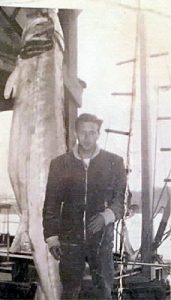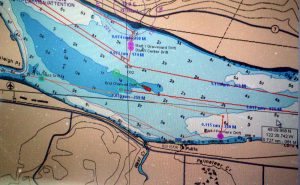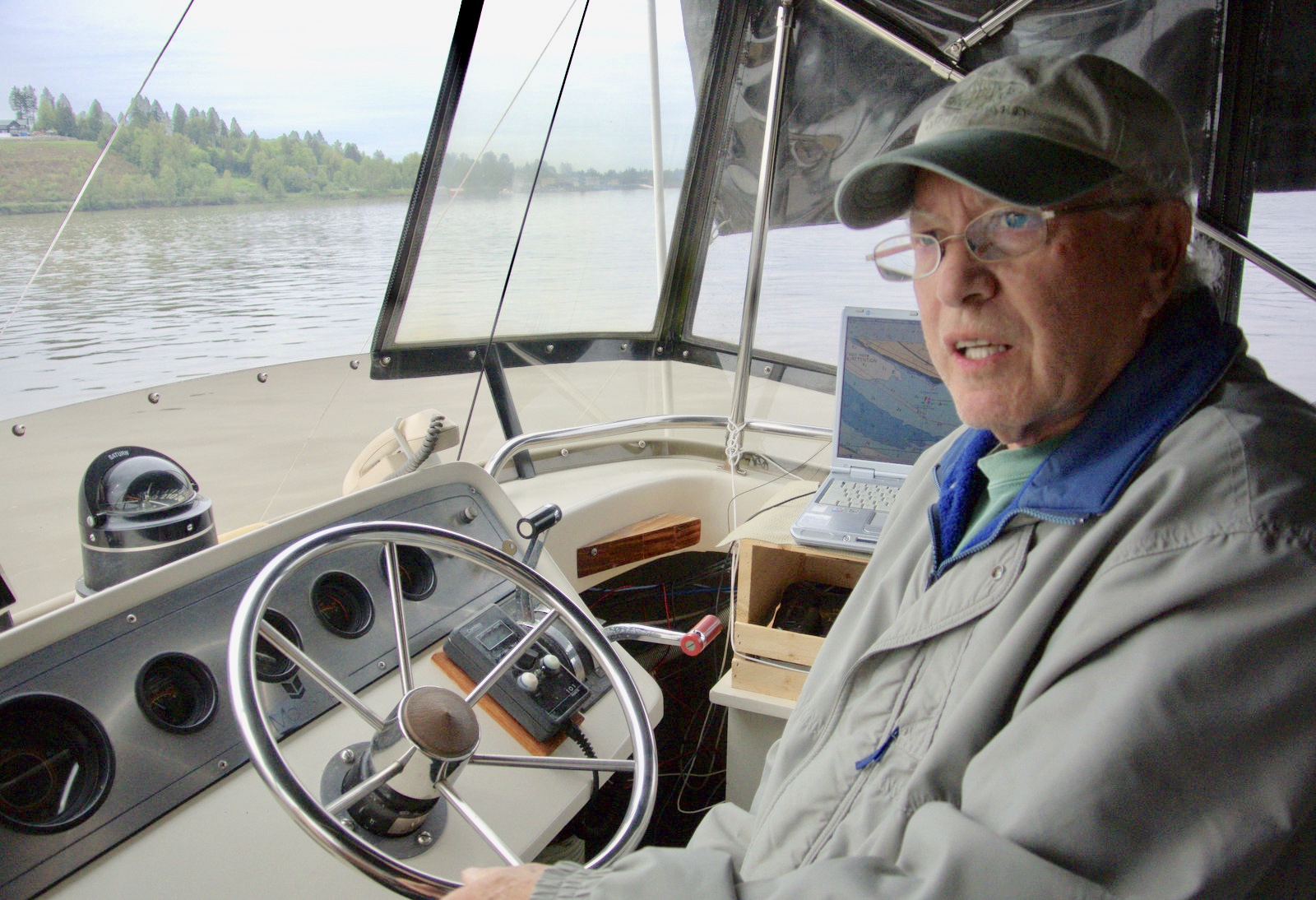Bob Armstrong came from a farm family and remembers fishing on the Fraser River in the 1950s to supplement income. Bob has lived most of his life near Fort Langley. Armstrong Road above the Fraser River is named after his great-grandfather William Armstrong, one of the 49ers who came to North America from England for the California gold rush. Eventually he wound up farming on the top of what’s known today as Armstrong Hill. Bob writes about gillnetting on the Fraser River in the 1950s and early 60s:
“Gillnetting on the Fraser River was an opportunity for people living along the river to supplement their income, including farmers, loggers and mill workers. This was very important to the local economy on both sides of the Fraser River. The Farmers Drift was so named because most of the fishermen in the 1920s and 30s were local farmers. I’m from a fishing, logging and farming family and was involved in gillnetting east of Fort Langley/Albion as a deckhand on my father’s boat from 1953 to 1957 and skipper of my own boat from 1957 to 1963.
My family’s (Armstrong and Spence) involvement in fishing goes back to the late 1800s. Peter Spence, my great grandfather, was a farmer and builder and augmented his income by fishing in the late 1800s.
As well, W.R. Spence (Bill) my maternal grandfather augmented his farm income after serving with the Seaforth Highlanders in World War 1. A somewhat funny twist is my grandfather was writing to a girl he met in England in an attempt to entice her to immigrate to Canada by telling her a number of positive things about Langley. One of the things he mentioned was there were lots of tasty salmon to eat, assuming all English people liked fish. He didn’t know she didn’t like fish. She did emigrate to Langley which is obviously fortunate for me.
My grandfather told me that in the 1920s and 1930s they were paid 3 – 5 cents each for a sockeye. Moreover, each fisherman had a quota of several hundred fish because the processing plants had limited capacity. Also, because they had individual quotas and were not competing with each other, they would team up to catch each other’s quota. I have been told, fishermen were paid 10 cents a fish in 1940. In those days, the fishermen hauled in their nets by hand; needless to say, they had strong arms.

Photo: Bob poses with his sturgeon catch in the 1950s.
In 1958 Jack Hassel and I loaded the trunk of my car with sockeye and tried to get rid of them by giving them away, rather than throwing them overboard. The companies wouldn’t buy the fish because they had more than they could process. Believe it or not, because they were free, people thought there was something wrong with them. Jack and I had a quick discussion and decided to charge $1 / fish and we sold them all. That particular year the Adams River sockeye run was so large they had to put an electric fence on the spawning grounds to stop the sockeye from over spawning and digging up previously laid eggs. The rumour was that several million Sockeye were fenced off and died without spawning to save the spawning grounds.”

Above: Farmers’ Drift on the chart.
Other drifts from Albion/Fort Langley to Mission:
Graveyard Drift ( A Kwantlen burial site exists on hill above the drift)
Buckskin
Centre
Powerline
Channel
Glen Valley Bar
Mud Hen
Outside Crescent Island
Duncan Bar
Shot in Hole
Channel/Swing
Silverdale
Mount Lehman/Yankee
Mission Bay

